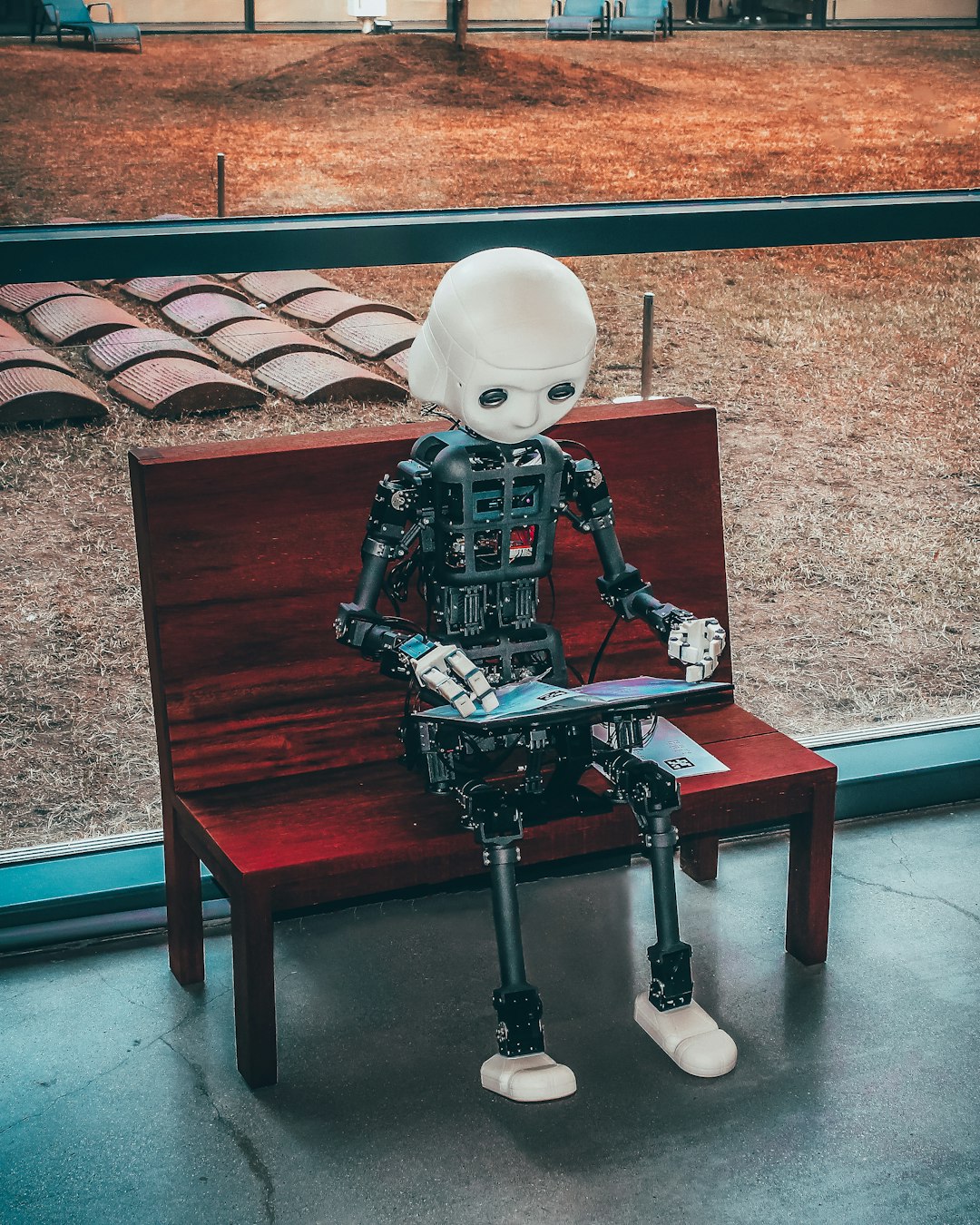In recent years, AI has been transforming industries by generating content, synthesizing speech, and now, creating intelligent educational visuals. One of the most notable developments in this space is the emergence of AI capable of generating explainer videos in the style of 3Blue1Brown — a YouTube channel famous for beautiful, insightful visual explanations of mathematical and computational concepts. These AI-generated videos emulate the distinct aesthetic and narrative style popularized by Grant Sanderson, the creator of 3Blue1Brown, using animation techniques like smooth visual transitions and geometric intuition.
The Rise of Automated Educational Video Generation
The idea of generating 3Blue1Brown-style videos with AI combines several advanced technologies, including:
- Natural Language Processing (NLP): for understanding and breaking down complex mathematical explanations.
- Symbolic computation: to solve and manipulate mathematical equations programmatically.
- Generative animation models: for producing the distinctive style of animation seen in 3Blue1Brown videos.
- Text-to-Speech (TTS) synthesis: to produce natural, voice-over narration aligned with visuals.
The result is an AI system that can take a mathematical concept as input and generate a comprehensive, animated walkthrough — sometimes indistinguishable from human-made content.

How the AI Works
The AI framework typically follows a multi-step process:
- Concept Understanding: The user inputs the topic, such as “Fourier Transforms” or “Gradient Descent.” The AI parses this input using a blend of NLP and domain-specific knowledge.
- Script Generation: Based on the topic, it drafts a coherent, pedagogical script in the style of 3Blue1Brown — often using analogies, structured build-ups, and Socratic questioning.
- Visual Planning: The script is translated into frame-by-frame instructions. These involve visual metaphors, motion cues, and symbolic markers mapped to key phrases.
- Animation Rendering: Leveraging custom animation engines (often based on tools like Manim, the open-source library used by 3Blue1Brown), the AI generates the final animation, complete with motion graphics and layered narration.
This pipeline allows for rapid production of educational content on topics ranging from high-school algebra to cutting-edge machine learning concepts.
Educational Impact
The implications for education are profound. Teachers and students can now generate high-quality explainer videos tailored to specific needs within minutes. The AI can adapt the depth of the explanation — simplifying material for beginners or providing more rigorous detail for advanced learners.

Moreover, the style popularized by 3Blue1Brown is especially effective at conveying visual intuition — often considered missing in traditional textbook approaches. By generating content in that same spirit, the AI helps bridge the gap between abstract math and genuine understanding.
Challenges and Considerations
Despite promise, challenges remain:
- Accuracy: Misinterpreting a concept could result in a misleading explainer.
- Style fidelity: While visuals are similar, replicating the narrative pacing and personal flair of Grant Sanderson is still an evolving frontier.
- Ethical use: Questions around academic integrity may arise as students rely more on AI tools for learning and even assignments.
These issues are being actively addressed through human-in-the-loop models and guided content verification workflows. As the technology matures, it’s likely that these systems will become trusted aides in the educational ecosystem.
FAQ
-
Q: Can the AI generate videos on any topic?
A: While the AI excels in mathematical and technical domains, its effectiveness in humanities or subjective topics may be limited. -
Q: How accurate are the generated animations?
A: The animations are often very accurate, but it’s recommended to review generated content, especially for advanced topics. -
Q: Are these videos customizable?
A: Yes, users can typically edit the script, pacing, and even specific visual representations in most platforms offering this service. -
Q: Is this tool open source?
A: It depends. Some platforms based on Manim are open source, while others are proprietary with subscription-based models. -
Q: Can I use this for classroom teaching?
A: Absolutely. Many educators use such tools to enhance instruction and explain challenging concepts more intuitively.



